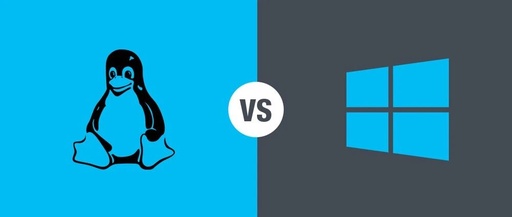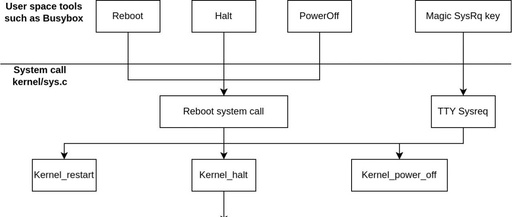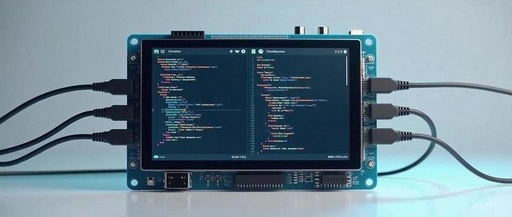Why is Everything a File in Linux?
“Everything is a file” is a core concept in the Linux operating system, which not only reflects the simplicity and unity of the Unix/Linux design philosophy but also provides a solid foundation for the system’s modularity, programmability, and composability.In the Linux system, “everything is a file” means that almost all resources in the system, including … Read more









